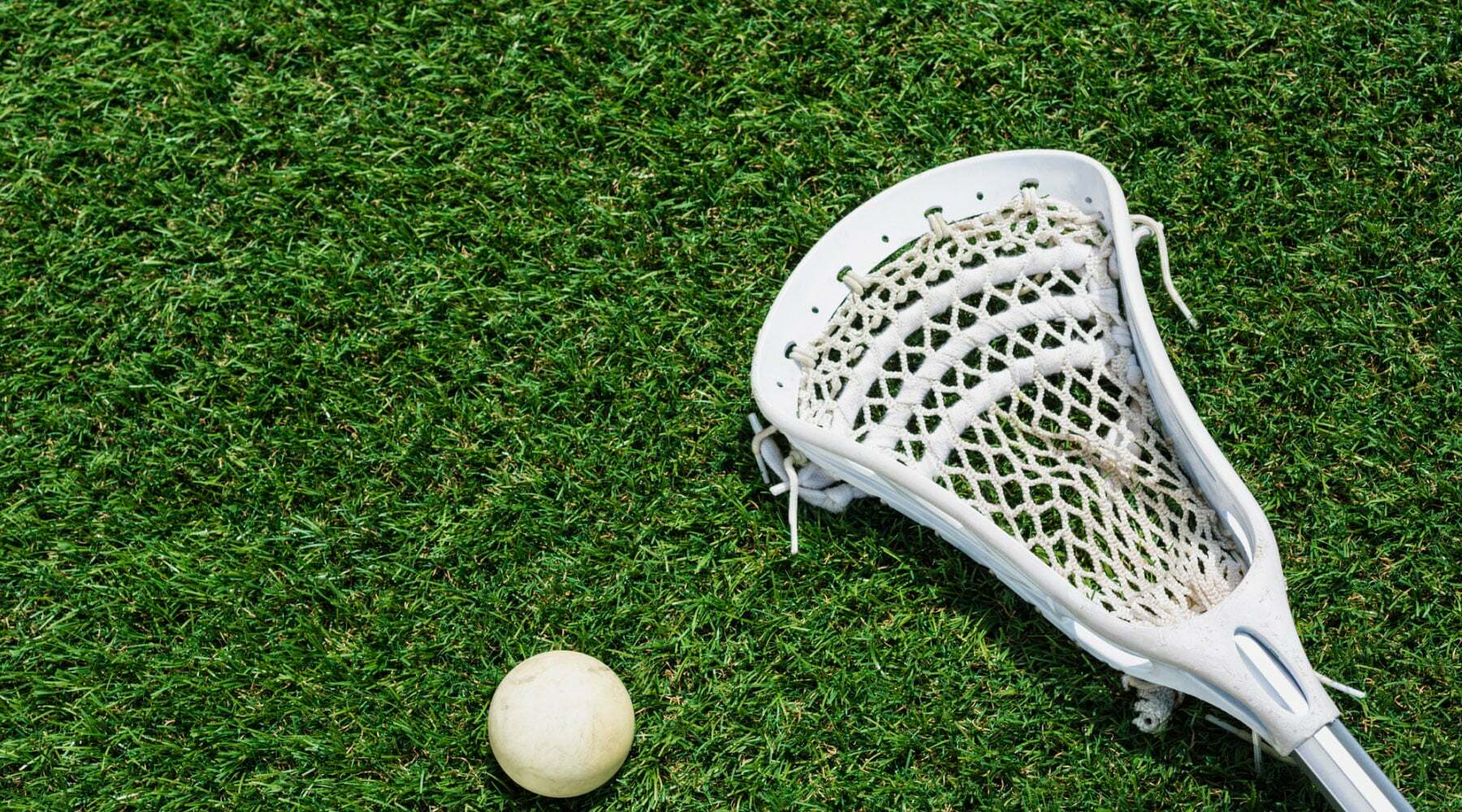
In the fast-paced, contact-driven world of lacrosse, the risk of concussion isn’t just a possibility—it’s a significant concern for players, coaches, and healthcare providers. As lacrosse’s popularity grows across all levels, from youth leagues to professional circuits, understanding and mitigating this risk is crucial. This post bridges the gap between concussion prevention protocols and practical application, utilizing the latest research to safeguard athletes.
Understanding the Risk of Lacrosse Concussions
A concussion is a type of traumatic brain injury (TBI) resulting from a blow to the head or a hit to the body that causes the head and brain to move rapidly. The nature of lacrosse—characterized by its speed, contact, and the use of hard projectiles—heightens the risk of such injuries. The repercussions of concussions go beyond immediate symptoms, affecting cognitive functions and increasing the likelihood of subsequent injuries.
The Foundation of Concussion Prevention: Education and Awareness
Education is a critical tool in concussion prevention. By informing the lacrosse community about the risks and signs of concussion, we can significantly improve safety:
- Early Detection: Recognizing the signs and symptoms of concussions enables prompt intervention.
- Improving Recovery: Knowledgeable intervention aids faster and more effective recovery.
- Educational Programs: Workshops and seminars help disseminate crucial knowledge and emphasize the importance of recognizing subtle symptoms.
Enhancing Safety Through Proper Equipment
In lacrosse, the importance of proper equipment, especially helmets, is paramount. While no helmet can completely eliminate the risk, it’s crucial that helmets absorb and distribute impact forces effectively. Athletes must choose helmets that fit well and meet the latest safety standards. Similarly, mouthguards are essential, as they help absorb shock and stabilize the head and neck.
Advancing Player Safety with Targeted Training
Proper technique and training are vital for reducing concussion risks. Training should focus on minimizing dangerous plays and managing risks, especially in situations more likely to result in head injuries. This includes teaching proper checking techniques, promoting spatial awareness, and cultivating a culture that respects the health of all players. Additionally, strengthening the neck and core muscles can help reduce the chances of concussive forces affecting the brain.
Enforcing and Adhering to Safety Protocols
Lacrosse governing bodies have established rules and safety protocols to minimize concussion risks. Strict enforcement of these rules during games and practices is crucial. Coaches and officials must consistently penalize illegal hits or risky plays. Adhering to return-to-play protocols after any suspected concussion is also vital, ensuring players have adequate time to recover, thereby minimizing re-injury risk.
The Role of Continuous Research in Lacrosse Concussion Prevention
Ongoing research is essential for advancing our understanding of concussion prevention. Studies exploring everything from concussion mechanics to the long-term impacts of repeated head injuries are crucial. This research helps refine safer playing practices and develop better protective gear, benefiting healthcare professionals, equipment manufacturers, and sporting associations.
Partnering with Access Sports Medicine for Enhanced Concussion Prevention
As the lacrosse community tackles the challenge of concussion prevention, partnering with Access Sports Medicine provides needed support. Our dedicated team of sports medicine professionals is here to guide teams and athletes through the complexities of concussion prevention with the latest diagnostic tools and customized conditioning programs. While we focus on preventing injuries, we are also fully equipped to provide expert care and rehabilitation for those who may suffer concussions. This dual approach ensures that players receive comprehensive support — from education on prevention to recovery and return-to-play protocols. For more information on how Access Sports Medicine can help maintain your team’s health and safety, please contact us today.


